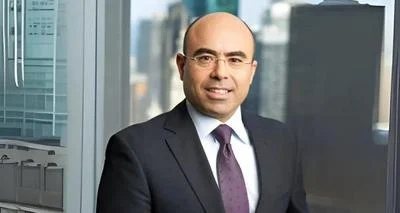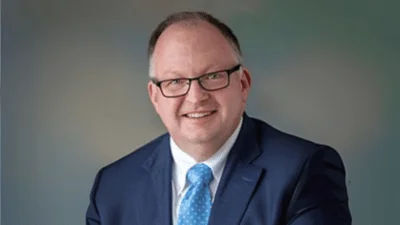Illinois' largest school district stands to benefit even more than it probably had hoped thanks to the education funding formula passed recently, according to the Illinois Policy Institute.
Chicago Public Schools (CPS) can raise property taxes on its constituents, keep its old subsidies and count on the state to cover its unfunded liabilities and pension costs. Ultimately, CPS ended up getting more money even though it is losing students to competing districts or for other reasons, the institute said.
“It was a full-fledged bailout,” Ted Dabrowski, vice president of policy, and policy analyst John Klingner argue. “And as a result, CPS is expected to get $450 million in additional funding next year.”

The Chicago Tribune reported that CPS enrollment is projected to fall by 8,000 students this academic year on top of the 11,000 it lost last year.
Dabrowski and Klingner point out that CPS enrollment has declined 13 percent since peak enrollment in 2002, losing a total of 57,000 students. They point to the city's declining population for the loss of approximately 20,000 students since 2013.
Yet the losses don't correlate to diminished funding.
“A decline in the number of students should logically result in a smaller amount of total state aid for the district,” Dabrowski and Klingner contend. “But thanks to the state’s new education funding formula, CPS won’t lose a dime in state funding, no matter how many students it loses.”
A “hold harmless” provision built into the funding formula prevents any school district in the state from receiving less money than it did the prior year.
Dabrowski and Klingner argue that while districts of varying sizes will receive much-needed funds, larger districts like CPS will receive millions more in funding than they already got. Rather than the state sending millions to smaller districts that are financially struggling, “CPS gets propped up, allowing the district to avoid the [fiscal] reforms it should be making," the writers argue.
In 2013, a school closing commission analyzing CPS concluded that 330 schools — or over half — were underutilized and that 140 of those were less than half full of students and staff, Dabrowski and Klingner said. But that same year, the Illinois Board of Education passed a moratorium on closing schools.
Dabrowski and Klingner recommend that CPS officials and lawmakers consider methods to consolidate and close the schools in the district that are the most underutilized, which should be done without disrupting the daily lives of students and their parents.
“But there is little chance district or city officials will do that,” Dabrowski and Klingner conclude. “With so much new state funding rolling in, they’ll have no reason to endure the wrath of Chicagoans by making necessary school closures.”




 Alerts Sign-up
Alerts Sign-up